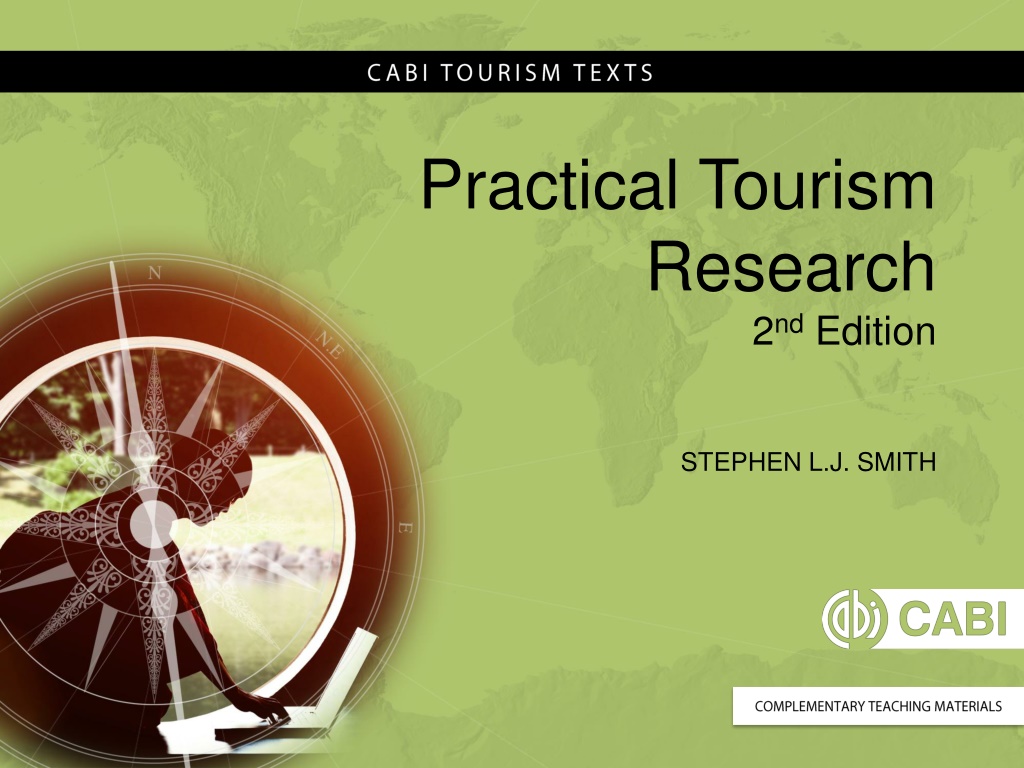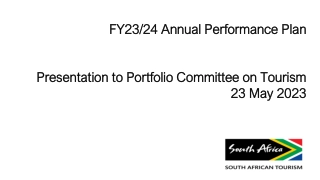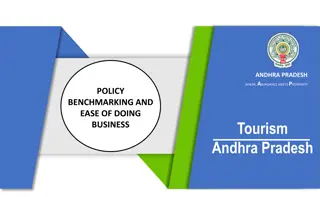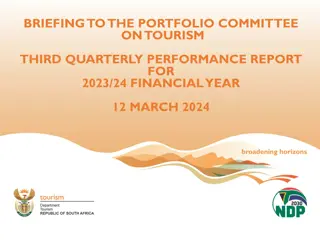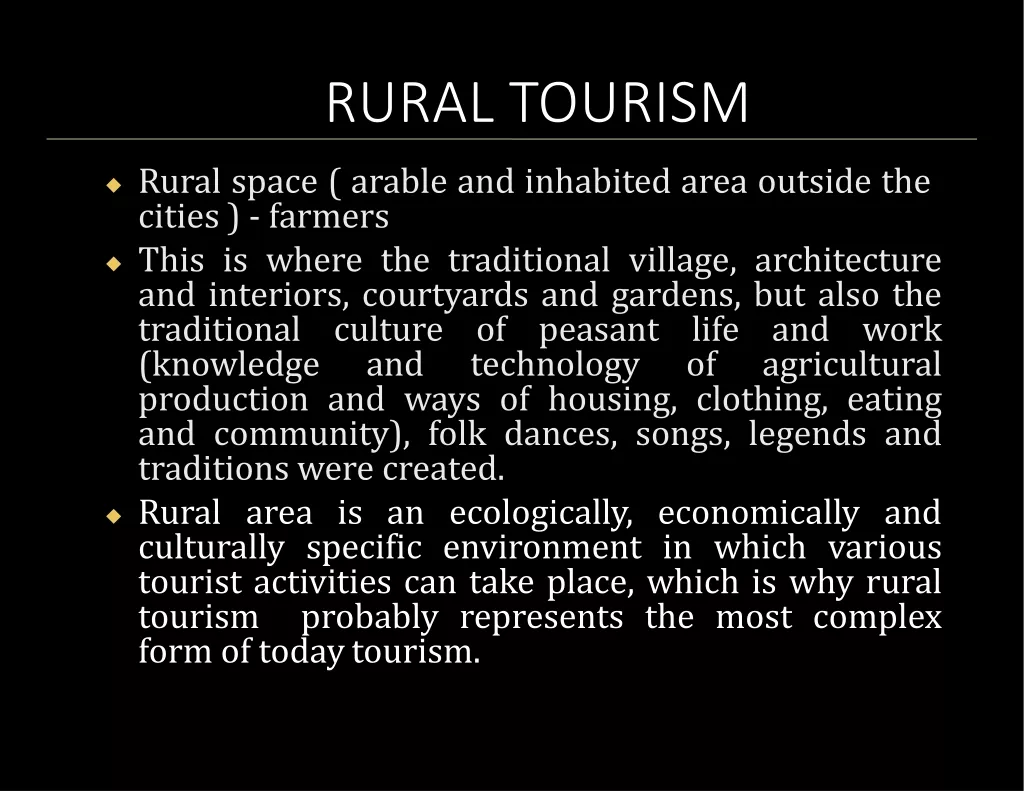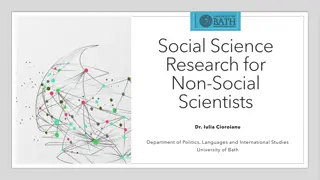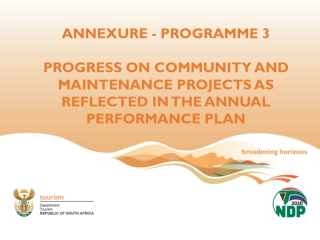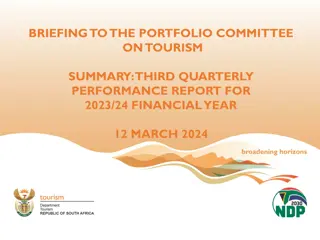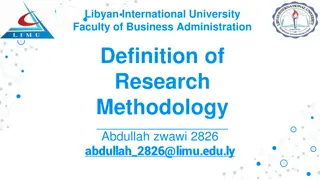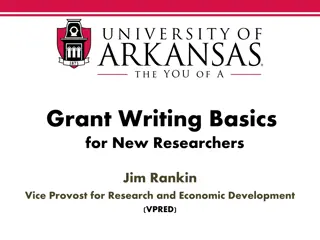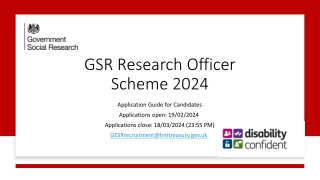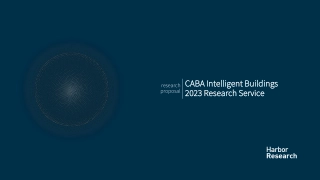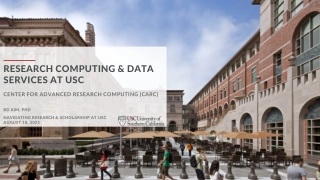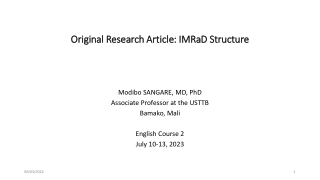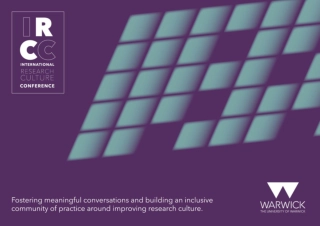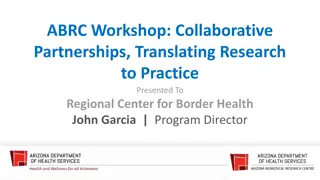Understanding Netnography: A Comprehensive Guide for Tourism Research
Delve into the world of netnography, a combination of Internet and ethnography, to explore virtual communities and online interactions. Learn about the methods, advantages, and ethical considerations of conducting netnographic studies for tourism research purposes, including data collection, analysis, and interpretation.
Download Presentation
Please find below an Image/Link to download the presentation.
The content on the website is provided AS IS for your information and personal use only. It may not be sold, licensed, or shared on other websites without obtaining consent from the author. Download presentation by click this link. If you encounter any issues during the download, it is possible that the publisher has removed the file from their server.
Presentation Transcript
Practical Tourism Research 2nd Edition STEPHEN L.J. SMITH
CHAPTER 9 Netnography
LEARNING OBJECTIVES After reading this chapter, you will be able to: Explain the objectives, logic and methods of netnography Plan and complete the steps in a netnographic study Assess the advantages and disadvantages of netnography as a research tool Report the results of a netnographic study
1 Definition Name combines the words Internet and ethnography Major difference: netnography allows researcher to disguise or hide identity, even his/her presence; not possible in ethnography Refers to both the collection of information on groups of interest as well as the written description of the study of those groups Importance of online communities has grown
2 Virtual community ethnography Marketing and branding research, political discussion and debates, product development and cultural studies Phrase virtual communities misleading sense of community real to members Focus is on postings or content, not users or people Basic approach now relatively standardized Members of virtual communities often anonymous, using pseudonyms
3 Methods 1 Entr e Types of online communities Newsgroups/bulletin boards/user groups E-mail lists Chat rooms Data collection and analysis Coding of posts usually needed For example: role of the poster in the virtual community Tourists Minglers Devotees Insiders Goldilocks solution when coding
4 Methods 2 Interpretation Trustworthy versus valid Research ethics check/member check Application can vary in practice Netnography may necessarily involve less than full-disclosure in terms of researcher s identity or purpose Postings usually not considered to be confidential, but public (like letters to the editor) Some researchers reveal identity and intent of study after research is completed Check with members to validate interpretation of observations
5 Methods overview Meta-coding/ abstracting Data collecting Coding Presenting results Interpreting Verifying
6 Data sources Potential sources usually secondary Archival data Pre-existing posts, communications Elicited information Responded to researcher s postings Direct communication, e.g. e-mail, interviews Field notes Personal journal and reflections Insights into cyber community Software available to capture postings
7 Interpretation and verification two approaches Emergent insights and generalizations No a prioriexpectations or interpretation Use one other coder (at least) to increase reliability Application of existing model or framework Review relevant literature or related research Test hypotheses or speculation Use one other coder (at least) to increase reliability
8 Reporting results Begin with description of virtual community of interest Sources of data Methods how data were collected, recorded Research ethics applied to study Coding strategy Findings, results often partially written in first- person
